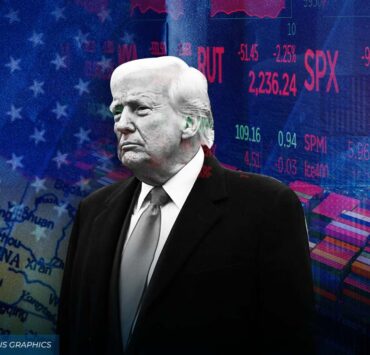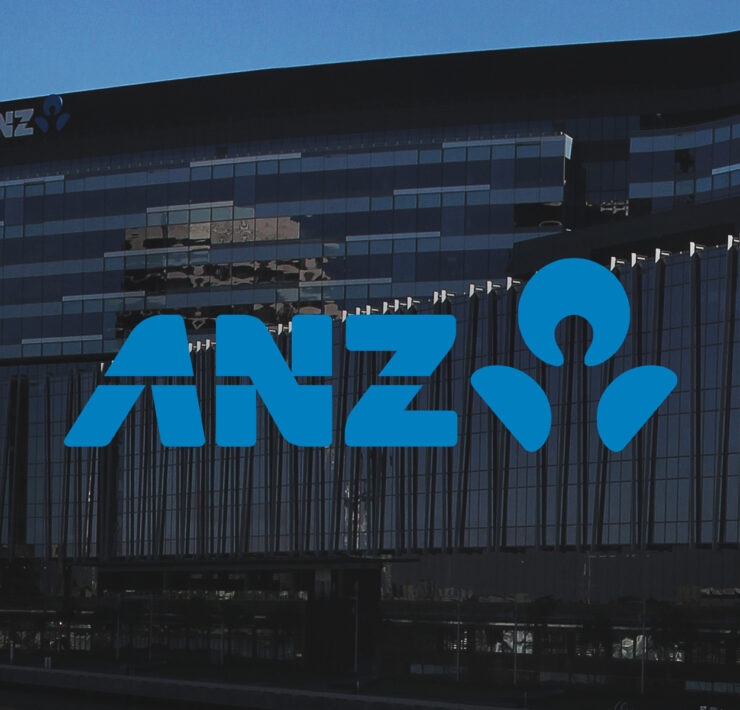Almost 60% of PH retail payments now digital

Nearly three of every five retail payment transactions in the Philippines were done digitally in 2024, smashing the government’s target for last year amid a strong regulatory push to transform the country into a cash-lite society.
Latest data from the Bangko Sentral ng Pilipinas (BSP) showed digital payments cornered 57.4 percent of the total volume of retail transactions, up by 4.6 percentage points from the 2023 ratio of 52.8 percent.
Such a result surpassed the government’s 2024 goal to convert 52 to 54 percent of retail transactions to digital. In terms of value, total monthly digital payments reached $136 billion last year, accounting for 59 percent of the nation’s overall retail transaction value.
“These figures reflect the continued shift toward digital channels and the growing trust of Filipinos in using digital financial services,” BSP Governor Eli Remolona Jr. said.
“We continue to promote enabling technologies, such as interoperable payment systems, e-wallets and mobile banking platforms, which serve as bridges to greater financial inclusion,” Remolona added.
According to the Bank of International Settlements, a 1 percentage point increase in digital payments use is associated with 0.10 percentage point growth in gross domestic product per capita and 0.06 percentage point decline in informal employment.
Dissecting the BSP’s report, 97.2 percent of transactions made by the government were done via digital channels, the most cash-lite among the three primary payment use-cases that the central bank tracks. The BSP said almost 100 percent of payments made by the state—including capital transfers to municipalities, procurements, payroll and cash transfers to the poor—were done electronically.
Meanwhile, the share of digital payments made by individuals rose to 72.2 percent. The BSP said this was accompanied by a decline in the proportion of cash payments.
Over the past years, the central bank said payments collected by businesses from customers have been the main driver of retail digital payments. Figures showed the share of merchant payments that were done via electronic platforms had grown to 66.4 percent last year.
Person-to-person electronic fund transfers had the second-largest contribution to total digital transactions at 20.6 percent, bigger than its 2023 share of 19.3 percent. Lastly, business-to-business payments pitched in 6.2 percent to the overall volume of digital transactions—which the BSP described as “modest” growth.
BSP deputy governor Mamerto Tangonan said the regulator was working to ensure that the shift to cashless payments does not come at the cost of consumer protection or systemic stability. The next goal of the central bank is to digitalize 60 to 70 percent of retail payments in the country by 2028.
“Even as we pursue this goal, we are cognizant of the risks. Safety in payments, whether digital, physical or cross-border, is nonnegotiable,” Tangonan, head of the central bank’s payments and currency management sector, said.
“We are committed to having a regulatory environment that is vigilant, agile and informed. One that works alongside innovation, not to stifle, but to guide its responsible use,” he added.





















Agriculture: 2025 performance and 2026 recommendations